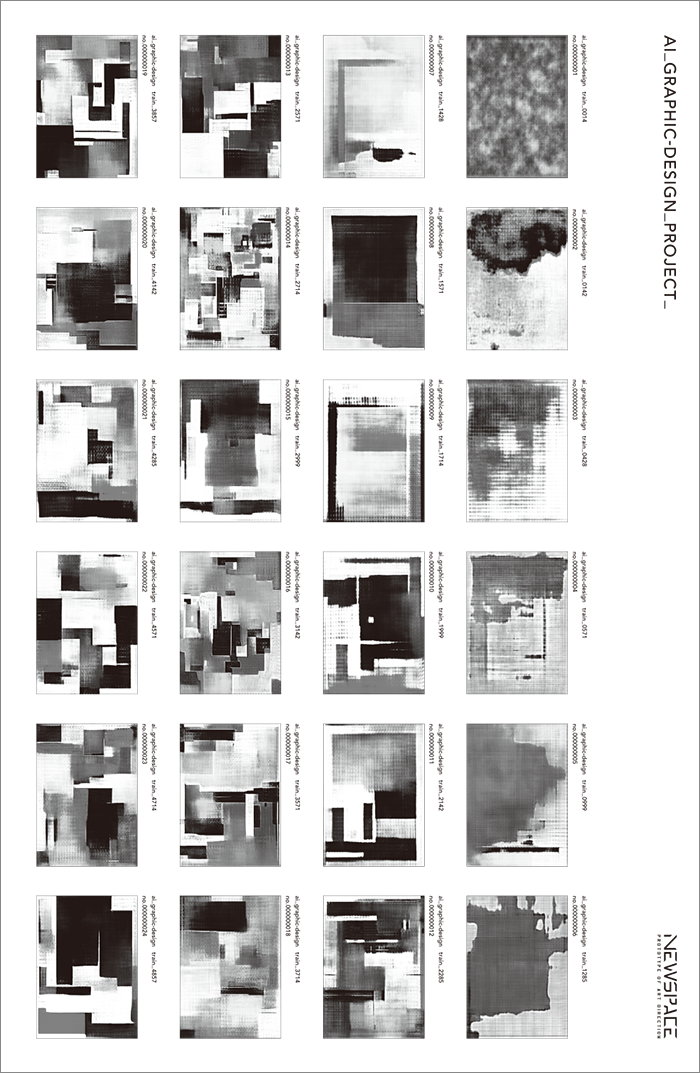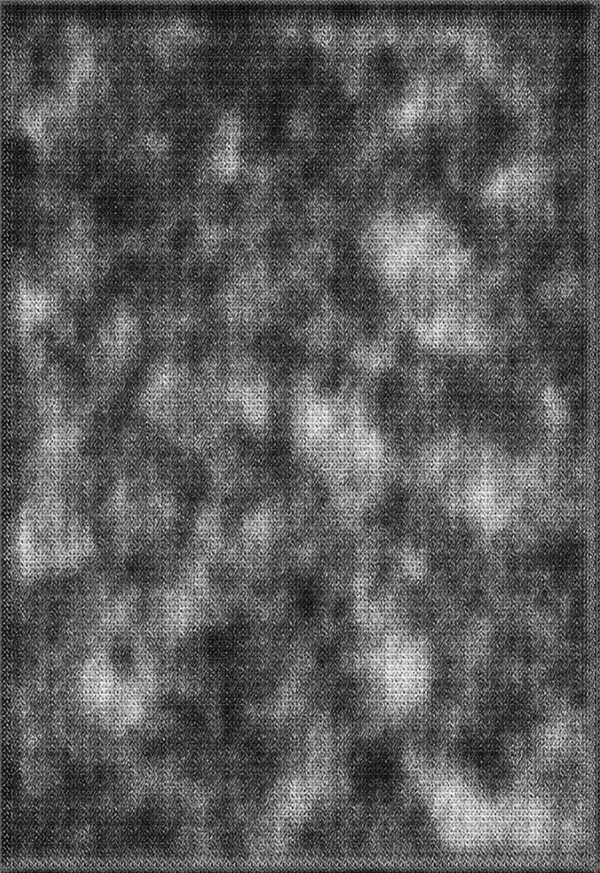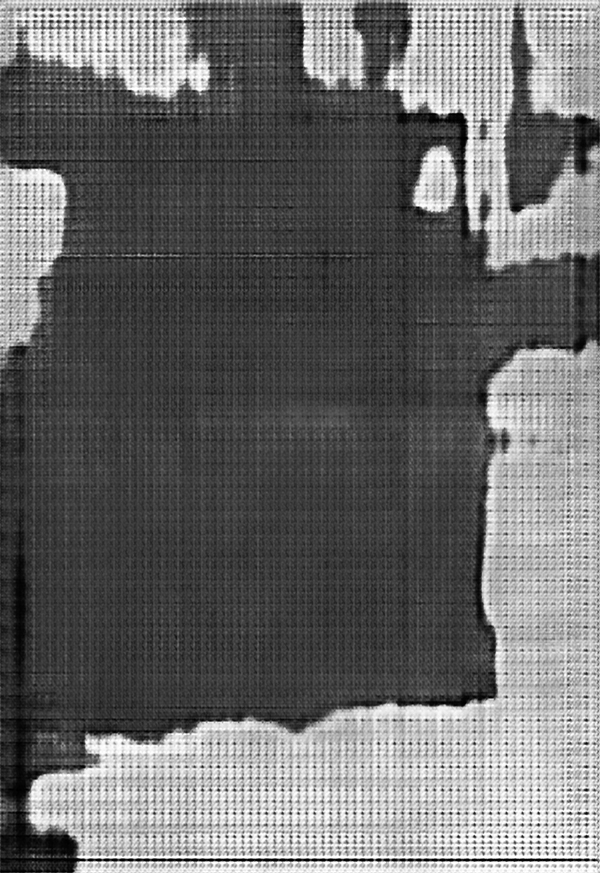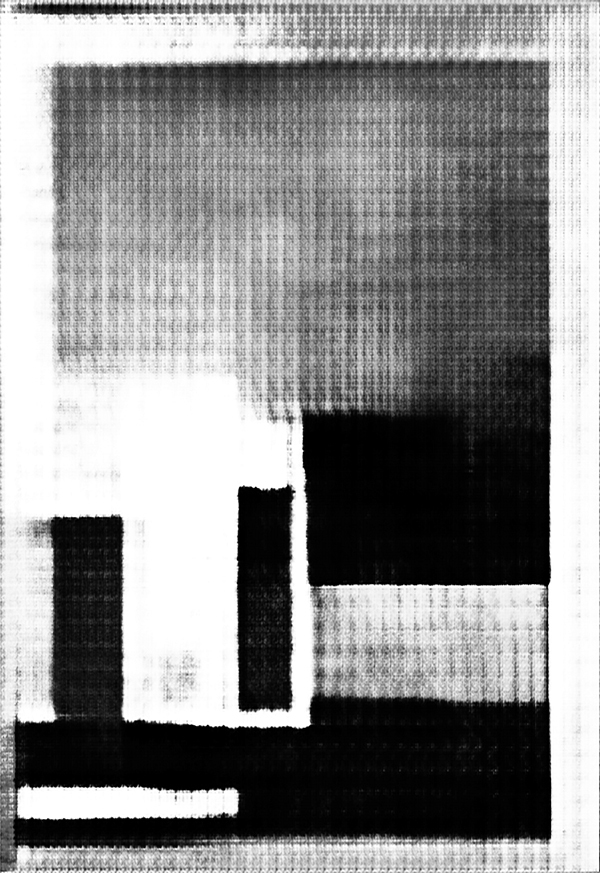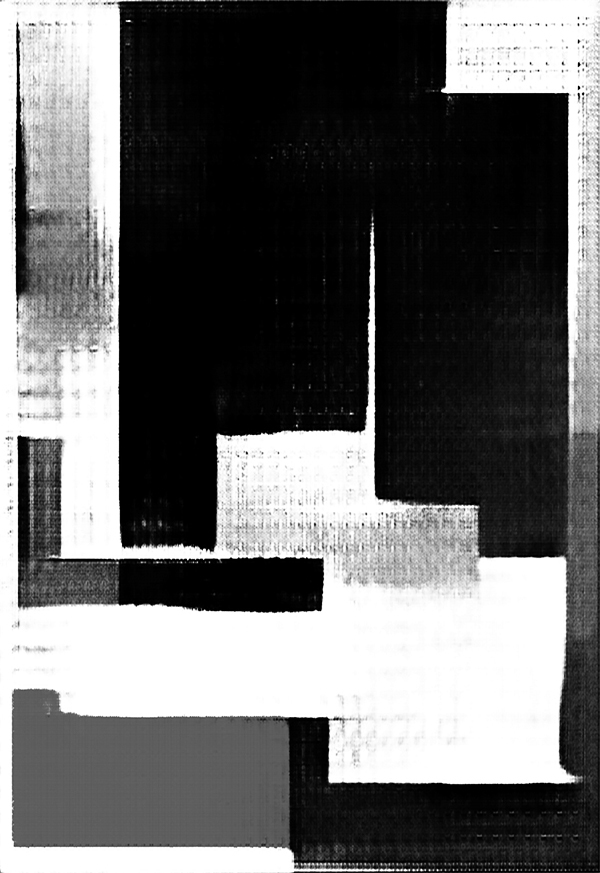The "NEWSPACE NEW PROTOTYPE OF ART DIRECTION" project aims to expand the boundaries of art direction. Since its inception, it has featured a succession of prominent art directors presenting experimental work. The fourth installment is the "AI GRAPHIC DESIGN PROJECT," which involves having artificial intelligence create graphic designs.
The art direction was handled by Ryo Ebato, who describes himself as usually analog-oriented. He shares his firsthand experience with AI's true nature and its potential in design through this unconventional challenge.
Mr. AI. You're all the rage these days... but what exactly can you do?
After viewing the latest AI graphic works, please read the article!
──How did you arrive at the idea of having AI handle the design?
I studied fashion, stage design, interior design, and more in college. Both myself and my classmates often completed our work entirely by hand. Perhaps influenced by that, I became someone who loves analog methods. When I heard the word "digital," I kept my distance...
But when I heard that the newly launched "NEWSPACE" was a place for experimenting with art direction, I decided to deliberately step into a field I normally avoid. I took on the challenge of AI with a bit of a fighting spirit, thinking, "It's hyped up everywhere, but can it really design!?"
First, since I had almost no knowledge of artificial intelligence, I sought guidance from Junichi Yamaoka, a Specially Appointed Assistant Professor at the University of Tokyo Graduate School who researches AI and creates media art, and artist Emi Kusano. They introduced me to "DCGAN" (Deep Conditional GAN), an image-based deep learning AI software. The AI learns from massive image datasets and generates new images. This technology sparked the idea: let's have AI do graphic design.
Generating 16 × 4,500 different visuals from approximately 200 image materials
──What is the process of having AI do graphic design?
The process begins with collecting image data for the AI to learn from. For this series of works, we gathered images featuring simple color field compositions, narrowed them down to about 200 pieces, and fed them to the DCGAN.
We initially provided all the source material and repeatedly asked, "Show us the graphic design you envision." In this experiment, we observed the process after generating results over 4,500 times.
For each run, the DCGAN presents 16 images. From this vast output, we selected images below that reveal discernible progression.
AI also extracts originality through trial and error from chaos
──Please tell us about the four pieces and the characteristics of AI-generated designs.
No matter what material you feed it, in the initial stages it presents fuzzy images like the one in the top left corner. It feels like it's trying to weave something from the first thing shown to it, like its mind is being stirred up by all sorts of information.
With each iteration, it begins to show form. As the composition simplifies or becomes flat, its struggle to express originality even feels relatable. We also observed phenomena like screen breaks or halted changes midway, likely due to overfitting.
Towards the latter half, the results start to resemble each other. While aspects like brightness balance and shape complexity change, the overall direction gradually solidifies.
Human touch allows individuality and character to sprout and grow.
──What results did you achieve by actually working with AI, and what future potential did you sense?
The primary focus of this experiment was how to draw out this AI-like quality. We actually fed DCGAN materials like posters and product packaging. Its tendency to mimic the source material kicked in, producing numerous images that looked like outright copies.
By carefully curating the training data, I believe we succeeded in guiding the AI toward generating original visuals.
My impression of AI has shifted from "that arrogant guy I hear about a lot but want to keep at arm's length" to "a pretty decent guy who tries hard." I sensed its desperate drive to create something. And judging solely by these results, I also felt a sense of relief thinking, "It still has a long way to go."
Training AI from scratch is like teaching a child language. It's like a baby that needs nurturing; our interactions shape its personality and character.
While the results of this experiment aren't yet at a stage where they can be asserted as graphic design, AI software is evolving at a rapid pace. Even following the same process, the accuracy should improve day by day, so it's exciting. I'm also considering converting the graphics created by AI into outputs for fields like art, music, and fashion.
To survive as an art director with a sharpened sensibility
──Some say certain professions will be replaced by AI in the future. What about art directors?
We do harbor a sense of crisis somewhere—that our work might disappear, that ads might become mass-produced lists of information designed to reach the target audience in the most direct way possible.
On the other hand, I also feel that the value of tangible things and experiences—things you can touch and feel—will never disappear, even as new technologies bring convenience. To use the music industry as an example: just as CDs declined and digital data evolved, the value of analog vinyl records simultaneously increased.
If you have the fundamental strength to express yourself through advertising, you can handle art direction in any genre. That's what I saw in the senior designers around me who worked on spaces and products alongside graphic design.
A professional art director with finely honed intuition, striking the perfect balance between analog and digital, should be able to adapt as the times advance, shouldn't they? To achieve that, humans, like AI, have no choice but to keep learning and producing output. That's probably why I felt a kinship with AI, and why I still believe there's more I can do.
There's also the possibility of having AI assist in creating good advertising design. This experiment gave birth to such a selfish dream. While its future development remains unknown, I intend to continue working with AI.
I want to connect with AI experts inside and outside our company to explore possibilities. If you're interested in the "AI GRAPHIC DESIGN PROJECT," please contact ぜひinfo@newspace.galleryまでご一報ください.

